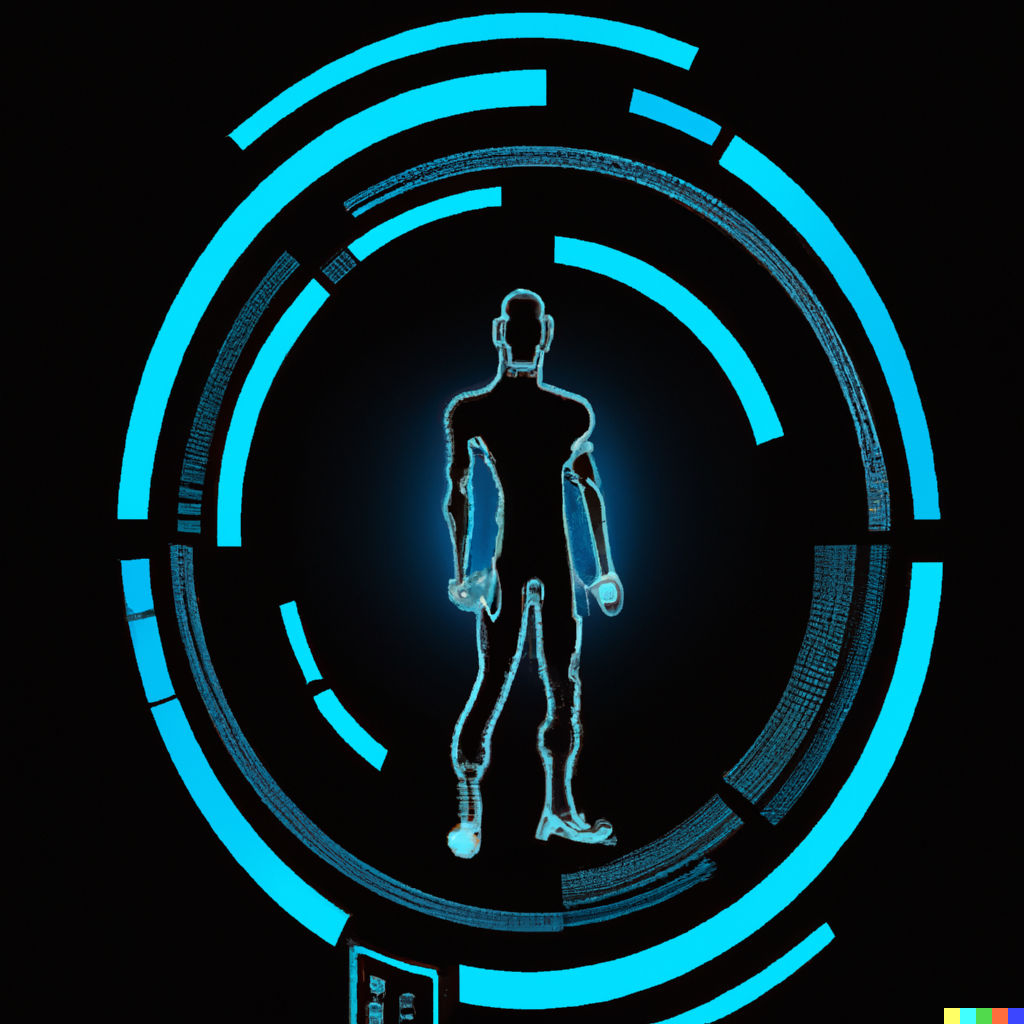November 11 | Wearable Technology WearTech

In a world where technology is seamlessly blending with our everyday lives, Wearable Technology (WearTech) stands out as one of the most transformative innovations of the 21st century. From fitness trackers to smart glasses, wearables have evolved beyond mere gadgets — they’ve become powerful extensions of ourselves, helping us monitor health, enhance productivity, and even express personal style.
Wearable Technology refers to electronic devices designed to be worn on the body — either as accessories, embedded in clothing, or even implanted in the skin. These devices typically include sensors, processors, and connectivity features that enable them to collect data, communicate with other systems, and provide real-time feedback to the user.
Common examples include:
While smartwatches and fitness bands dominate headlines today, wearable tech has been around for decades. The first wearable computer dates back to the 1960s, when mathematician Edward Thorp created a device to predict roulette outcomes. Fast forward to the early 2000s, and devices like the iPod Nano and Bluetooth headsets began integrating technology into fashion.
However, it wasn’t until 2013–2015 — with the release of Google Glass and the Apple Watch — that wearables entered mainstream consciousness. Since then, advances in sensors, AI, and miniaturization have propelled the industry forward.
Wearables are now integral to personal health management. They can track heart rate, sleep patterns, calories burned, blood oxygen levels, and even detect irregular heart rhythms. In some cases, they can alert emergency services automatically.
“The future of healthcare is preventive — and wearables are at the frontline,” says Dr. Emily Rivera, a digital health researcher.
Smart glasses and AR headsets are changing how we work. In fields like manufacturing, logistics, and medicine, WearTech allows hands-free access to data, remote collaboration, and real-time visualization of complex information.
Athletes leverage wearable sensors to optimize training, analyze movement, and prevent injuries. Devices like the Whoop Strap and Oura Ring provide insights into recovery, strain, and sleep quality.
WearTech is also becoming a fashion statement. Collaborations between tech giants and luxury brands (like Louis Vuitton’s smartwatch line) are merging function with flair. Smart fabrics that adjust temperature or change color based on mood are already in experimental stages.
The true power of wearable technology lies not just in collecting data — but in interpreting it.
Artificial Intelligence (AI) and Machine Learning (ML) enable wearables to recognize patterns, predict behavior, and personalize user experiences.
For example:
This synergy between hardware and intelligent software is transforming wearables from passive trackers into proactive wellness companions.
While WearTech promises immense benefits, it also raises important questions:
As the industry matures, balancing innovation with privacy and human well-being remains crucial.
Looking ahead, wearables are expected to become smarter, smaller, and more integrated into our biology. Future developments may include:
In essence, the boundary between human and machine will continue to blur — shaping a future where technology enhances every aspect of human potential.
Wearable Technology has evolved from a novelty to a necessity. Whether it’s improving fitness, managing chronic conditions, or enhancing productivity, WearTech symbolizes our quest to live smarter, healthier, and more connected lives.
As innovation accelerates, one thing is clear: the next revolution won’t just happen in our hands — it will happen on our bodies.
SHARE THIS:
© Copyright 2025Global Tech AwardsAll Rights Reserved